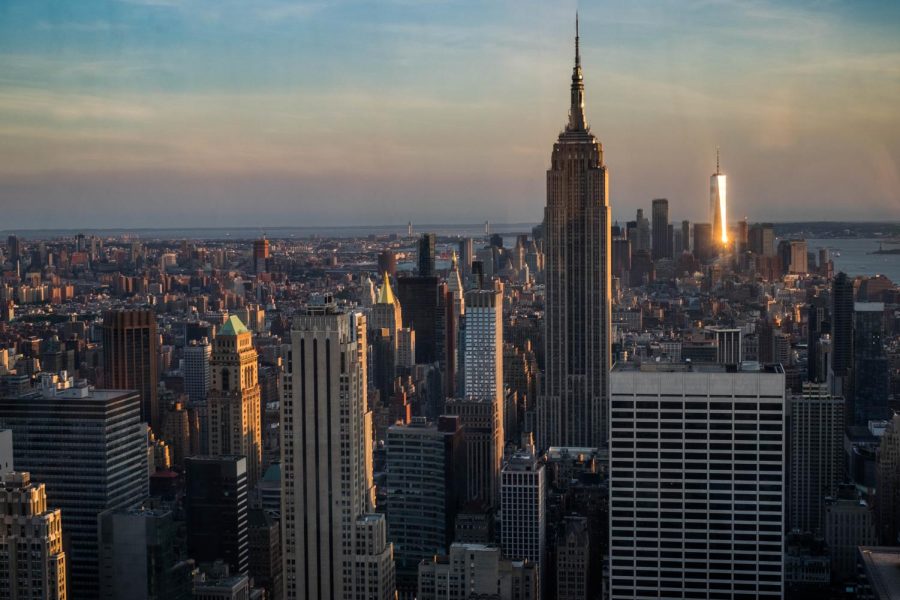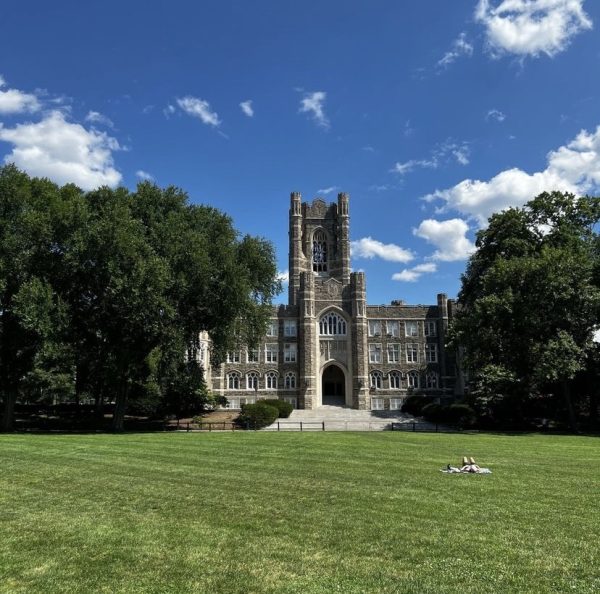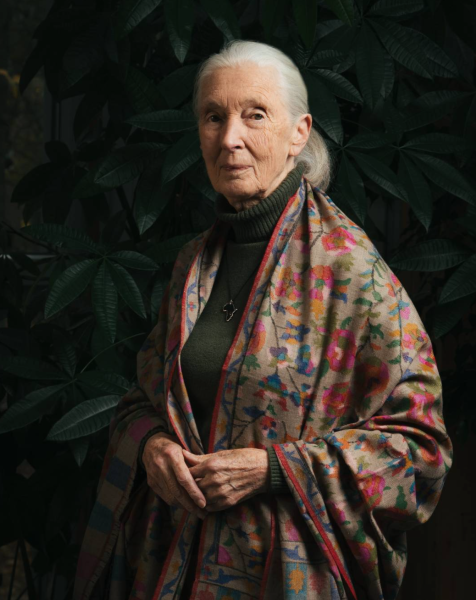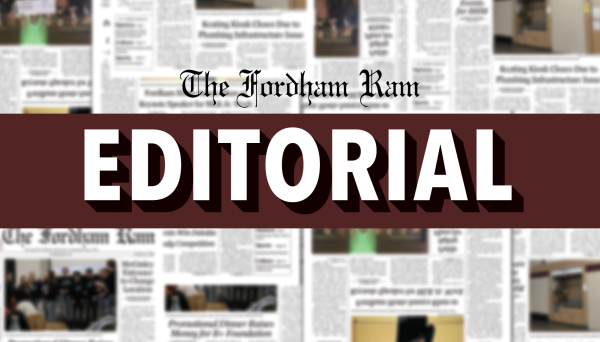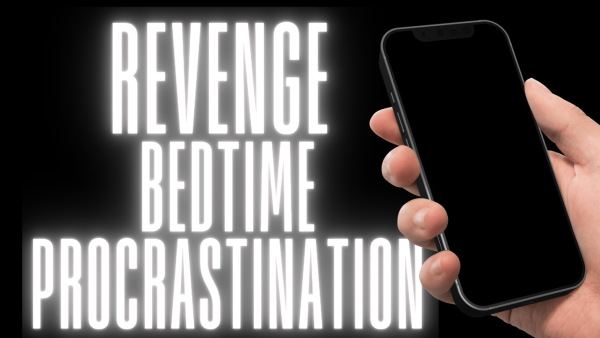The Re-Birth of Big Cities
One gloomy day in April 2020, during the midst of pandemic-stricken America, I was walking my dog through my neighborhood in Queens with my family when my father received a call from a colleague. “New York is dead,” the colleague said, “I’m moving to Florida.” My father raised his eyebrows and, looking at me, said, “Listen, I don’t blame you.” A sense of panic rushed over me at the thought that it might be true. Was New York really dead? Was my family also going to decide it was time to pack up and move? A week earlier, a drive through Manhattan showed me empty streets and stop lights changing without any witnesses. Storefronts were boarded up, and every now and then, I would see a lone person walking on the sidewalk, and I would wonder where they were going. As a New Yorker, this broke my heart, and I feared that I would never again see the vibrant, fast-paced city I love.
It took some time and various COVID-19 vaccines, and although the pandemic is still not over, New York is not dead. There will always be migration within the United States by those looking for something different, and momentous events like a pandemic certainly spurred such movement. What the pandemic has offered us, if anything, is a wake-up call, but it does not have to mean the death of cities. Cities aren’t static; they change with the times, and COVID-19 has presented us with the opportunity to reevaluate how we see the ideal city. Cities are faced with the task of catering to the undying appeal of city-life while combating issues that existed before the pandemic but have been worsened by it.
Big cities have taken a hit since the onset of the pandemic. But we must ask, which problems were caused by COVID-19 and which were just exacerbated by it? A Brookings Institution study found that population growth in the country’s largest urban areas dropped by almost half through the 2010s. This urban decline aligns with the advancement of technology throughout the last decade, making it more accessible to work from home. Any distaste for city-life was more likely to be acted upon, as people were less tied down by job opportunities.
In an article from the Manhattan Institute, statistics show how dissatisfied New Yorkers are with the city’s offerings, ranging from problematic public transit systems to failing schools and high taxes. These reasons can all help explain why many of New York City’s top earners have considered leaving in the past months.
The pandemic amplified the disadvantages of living and working in highly populated cities like New York. “[Of] adults who were able to work remotely, 20% of respondents said they worked from home prior to the pandemic, while 71% were working from home at the time of the survey. 54% said they would like to continue to work from home after the COVID-19 outbreak ends,” according to a Pew Research Survey from December 2020. This dissatisfaction with urban areas is not something created by the pandemic, but the pandemic did certainly help to worsen the issue. Without the vibrancy and cultural aspects of a city, why remain?
Yet, how feasible is the idea of simply not returning to in-person work or moving away from cities on a large scale? So much of our lives revolve around the workspace, and the routine of leaving the house and having separate spheres is vital for many peoples’ mental health. Also, why would we want to continue a life of isolation? For those who think moving away is the answer, they must realize that nothing gets fixed if a city’s population just decides to abandon it.
So, what is the alternative? While many have flocked to rural cities, that can’t be an option for everyone. The ability to move, be accepted and thrive in a foreign population is a privilege not many are afforded. An article from The New York Times highlights a couple moving from Toronto to rural Bonavista, a fishing town in Newfoundland, because of the pandemic. The luxury of moving to a completely new place is not a possibility for most.
This couple, and others fleeing their cities, are welcomed on the premise of helping to revive the town, yet in doing so, they are also driving up the price of housing and changing community dynamics.
In fact, “the cost of a house in Bonavista had increased, on average, by 70% in the past five years to $180,000,” according to Mr. Norman, the town’s mayor. “There is so much demand for housing, the town recently asked Habitat for Humanity to help build more affordable homes.”
To have mobility is a privilege, and while some can leave, others are left to deal with the cities’ downfalls.
There are ways to combat peoples’ desire to remain isolated and the apparent exodus out of the cities. The Manhattan Institute offers research for readers to educate themselves with in order for New Yorkers to make informed decisions during the mayoral election that happened this November. The article points out numerous concerns with New York’s governance. The article suggests changing zoning codes and addressing mental illness, homelessness and the failing MTA system to help make city life more appealing.
In an article from the BDO, other ways to prevent cities from becoming obsolete are offered, such as continuing outdoor dining on sidewalks and in parking lots. Also, the article suggests that equipping mass transit with antimicrobial coatings could help ease the anxiety of traveling during the pandemic. The article also offers tips on property tax appeals, navigating finances as a stakeholder in real estate, understanding federal government aid, ways for landlords to retain tenants, repurposing spaces and creating a safe and comprehensive workspace post-pandemic.
Architect and urban designer Alex Krieger has said “neither devastating fires when cities were made of wood, nor the cholera of Dickens’s London, nor the urban bombardments of World War II, nor the postwar fears of nuclear holocaust, nor even the shock of 9/11 fundamentally altered the pull to urbanize. Neither will COVID-19 over the long term.” New York City and other large cities will be able to recover if leaders and citizens together take the right steps to recovery. What we will be left with can be even better than before.
Bianca Parrinello, FCRH ’23, is a political science and history major from Queens, N.Y.





































































































































































































